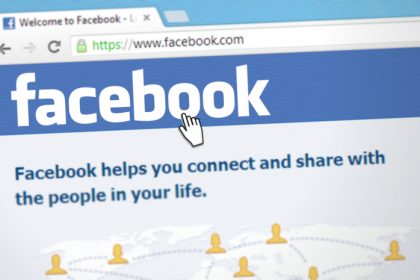In Article #2 we will discuss about the remedies one can make and what cost risks you have to face in a Patent Litigation in Germany. If you want to read the first article, please follow this link. 🙂
Remedies: Injunctive relief is the most important

The first and most important remedy when facing IP infringement is the injunctive relief. If the infringing party continues to sell products which fall under the scope of an asserted IP right, after injunctive relief is granted and after this decision is enforced, a fine is levied up to 250,000.00 Euro! This fine is assessed by the infringement court and is payable to the Federal State in which the infringement court has its seat.
In addition to injunctive relief, the plaintiff may request that the infringing party renders the accounts relating to the infringing activities and submits a full documentation (e.g. bills, invoices, shipping orders, etc.). This is information claim is an important and helpful “tool” to claim for damages by the plaintiff. The damage claim presupposes that the infringing party acted with fault which is generally the case.
The precise costs of the damages incurred by the plaintiff is determined in a separate proceeding. In practice these proceedings rarely take place, since in most cases a settlement is reached before such proceedings are initiated.
To calculate the damages the plaintiff can include these three methods:
- lost profits
- reasonable royalties (so called “licence analogy method”)
- surrender of the profit generated by the infringer.
Since 2001, as a result of a decision from the German Federal Supreme Court, the third method (surrender of infringer’s products) has become very attractive in calculating the damage. Thanks to that, the infringer’s profits raise to between 20% and 50% of the turnover, depending on the amount of the infringed IP right(s).
Furthermore, the infringing party has to destroy the infringing products that are in its possession, and recall or remove the infringing products present in the distribution chain.
Litigation in Germany: Cost Risks
In Germany, the costs involved with infringement litigation tend to be lower than in most other jurisdictions.
The governing principle is that the “winner takes it all”. This means that the losing party has to reimburse all of the costs incurred by the prevailing party, such as court fees, attorneys’ fees as well as patent attorneys’ fees.
This reimbursement claim does not cover the actual fees asked for by the attorneys and patent attorneys of the prevailing party, but is limited to statutory fees according to the German Code on Attorneys’ Fees.
The calculation of the court and the attorneys’ fees is made using the amount in contention (so called “Streitwert”), which equates to the economic interest of the plaintiff in pursuing the case. NOTE: The amount in contention is not equal to the estimated damages. This amount is assessed by the infringement court, which enjoys discretion in this respect.
In patent matters, the amount in contention is rarely below 250,000.00 Euro (€).
In design and trademark matters rarely below 150,000.00 Euro (€).
Germany: One of the leading countries in solving patent disputes
Every year, around 1.000 patent cases are heard in Germany, as opposed to 60 (!) patent disputes per year in the UK. The costs in the UK are 3 times greater than in Germany. US costs are even higher than that of the UK! German lawyers and judges possess an extraordinary level of competence in the area of industrial property rights. Moreover, German patent attorneys boast a double qualification, in either law and science or law and engineering.
Do you want to profite from this extraordinary level of competence?
Then please do not hesitate to contact us. We will help you protect your Intellectual Property rights. Additionally, our lawyers are licensed to represent you at every German court!
Request a call-back without any obligations:
> Missed the first part?! Click here to go to last week’s article!
Source:
With extractes from Bundesrechtsanwaltskammer / Meissnerbolte.de / aippi.org – thank you!








Leave a Reply